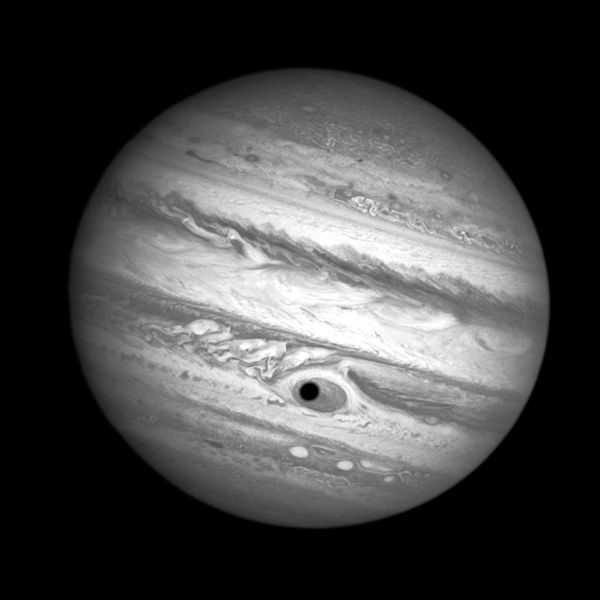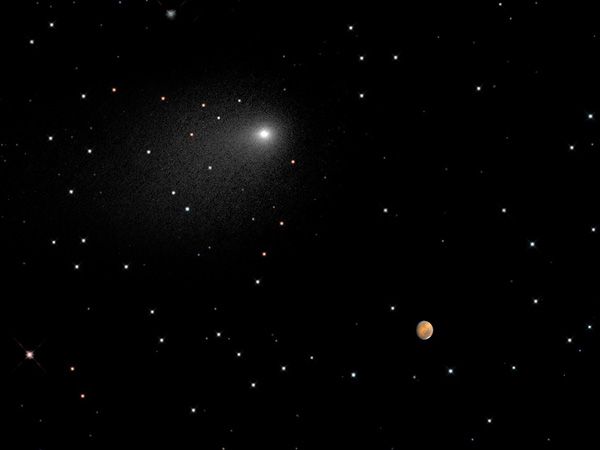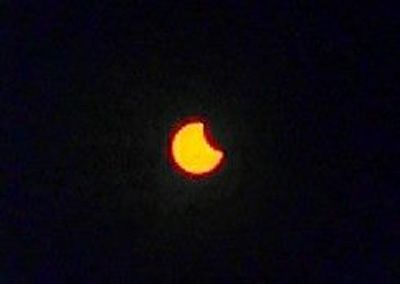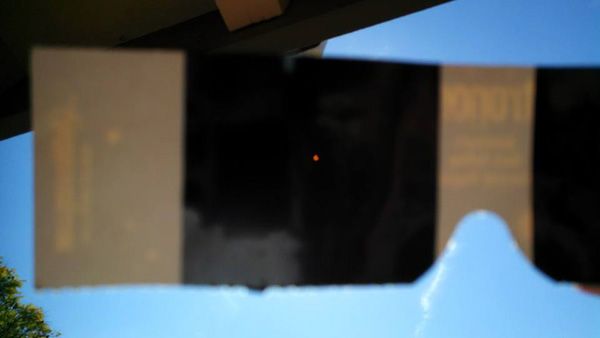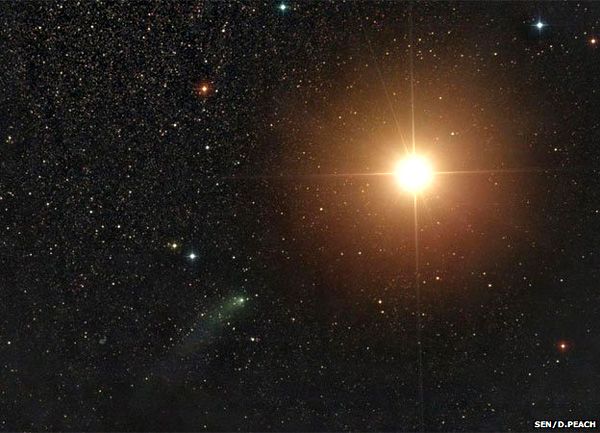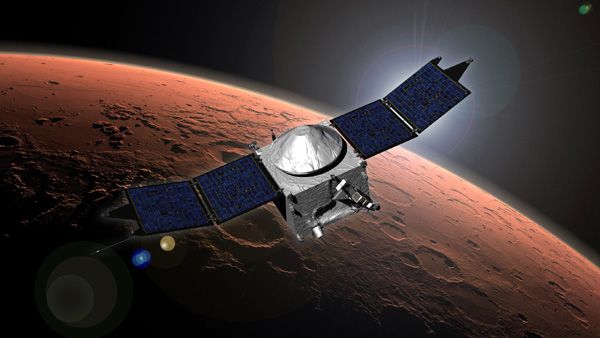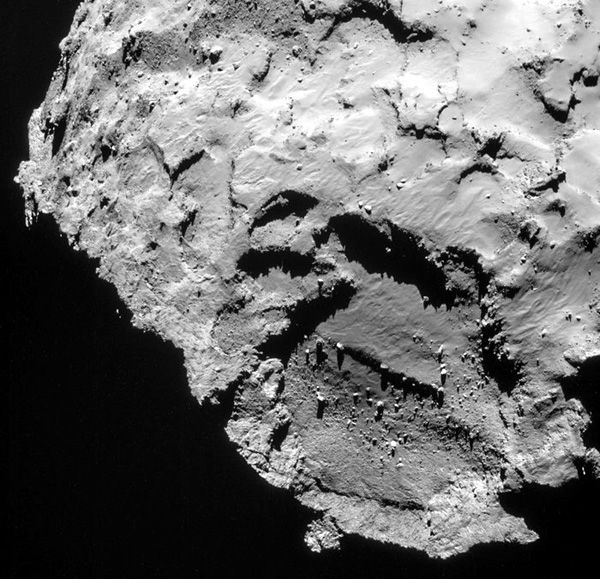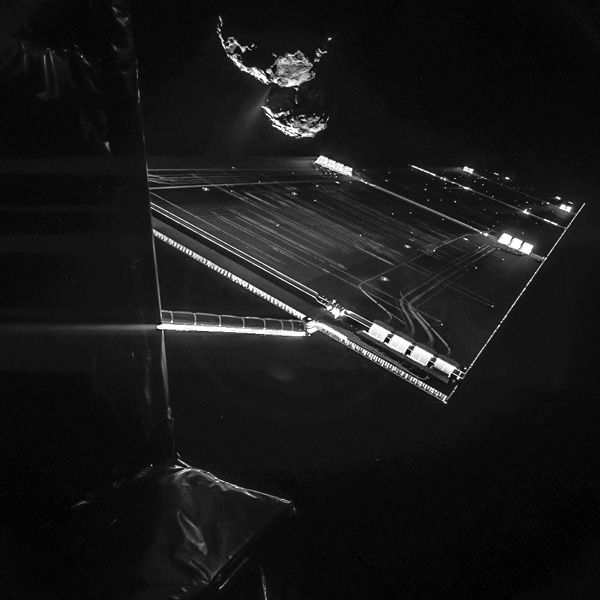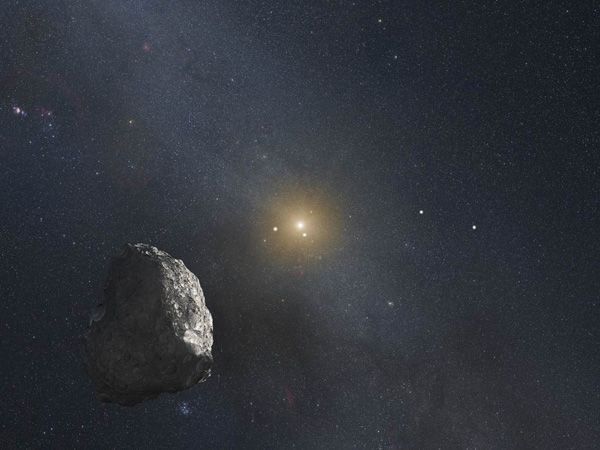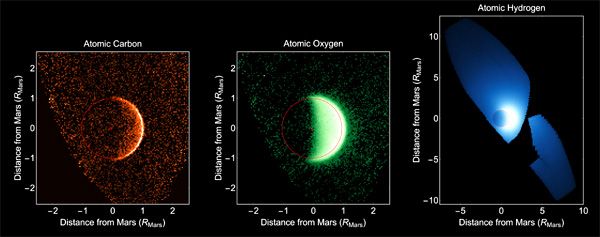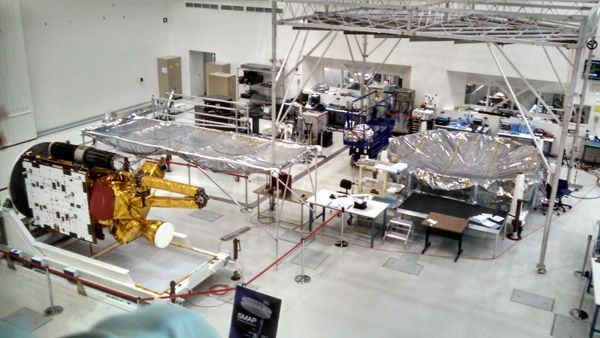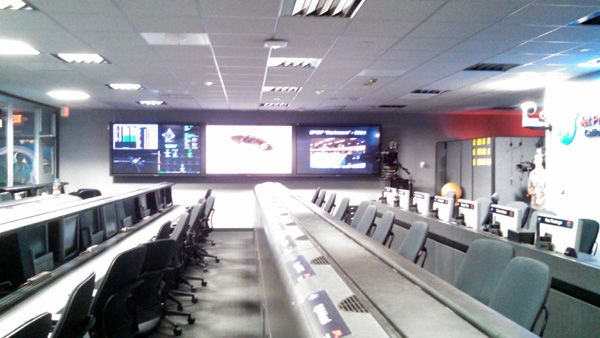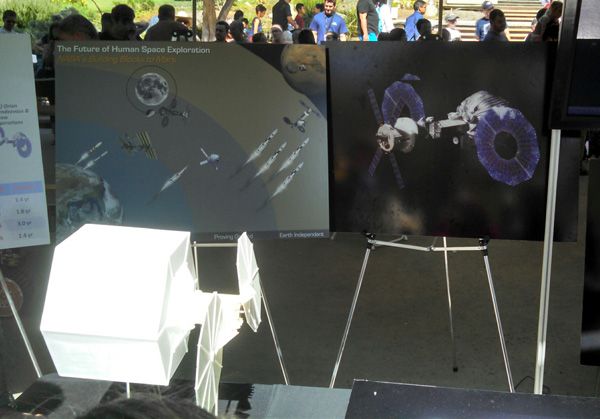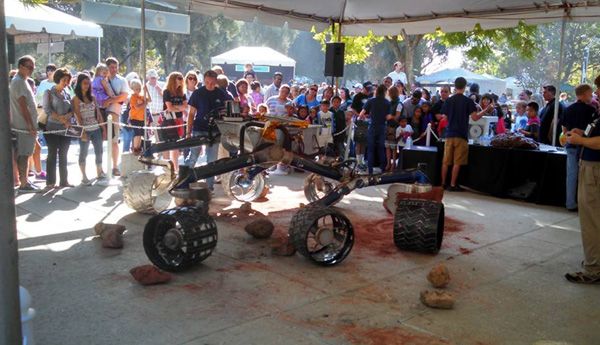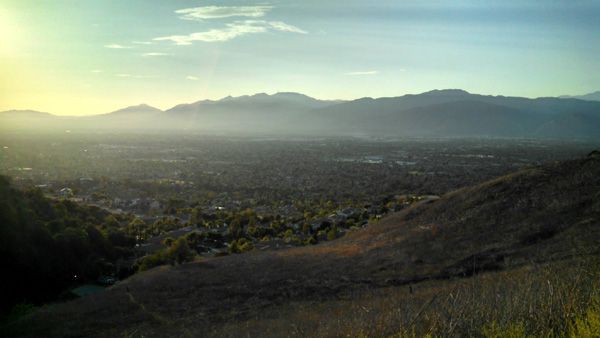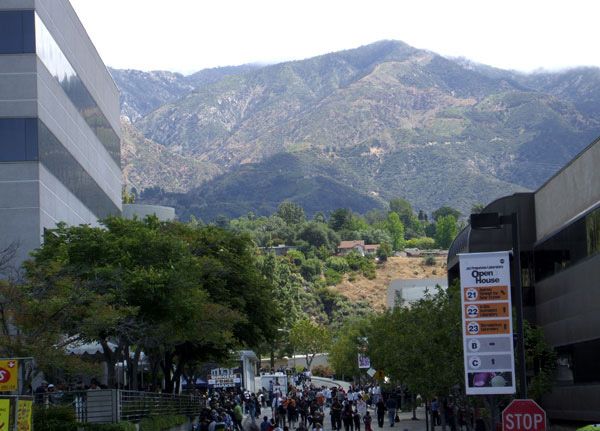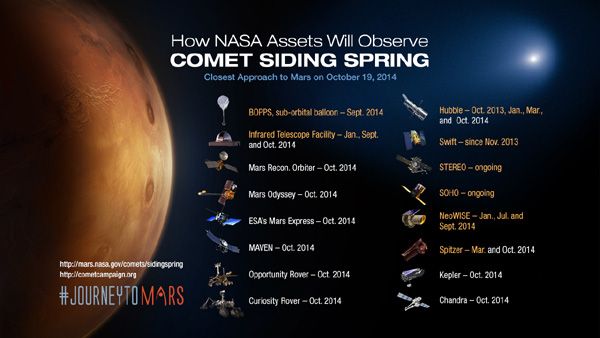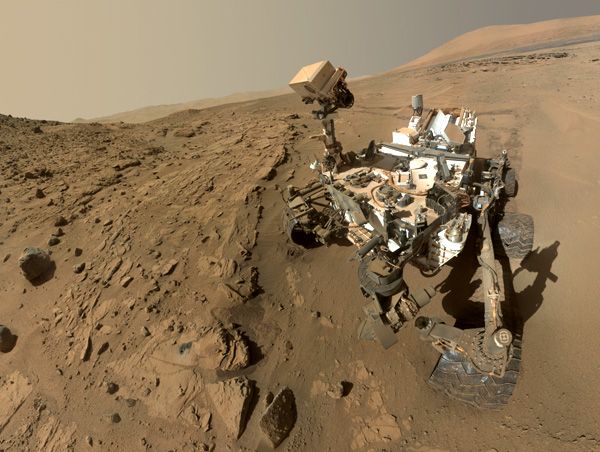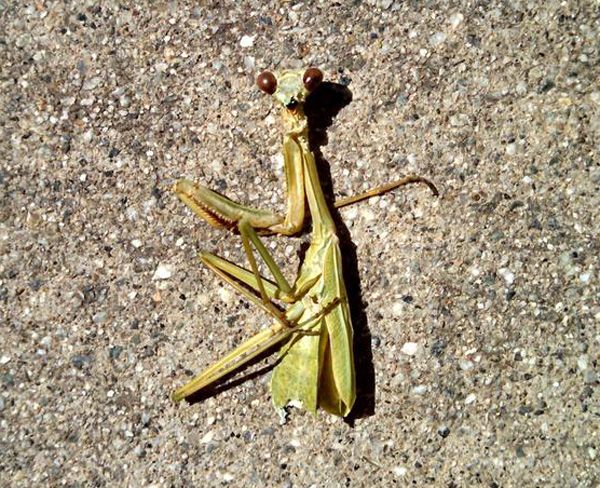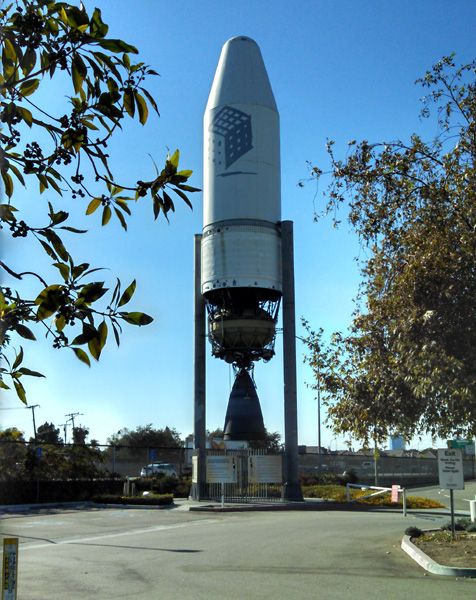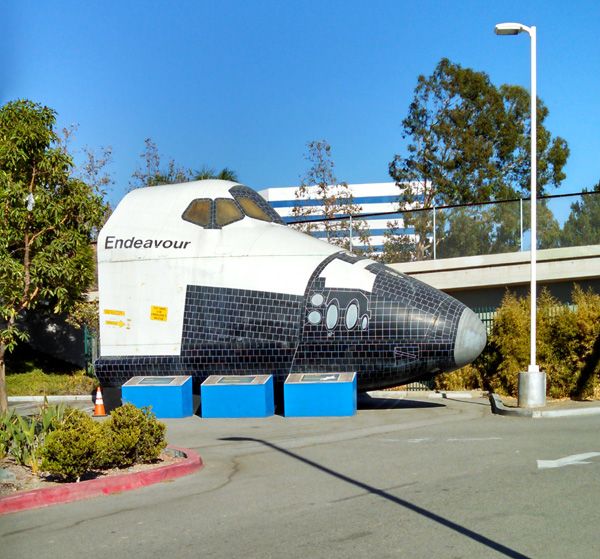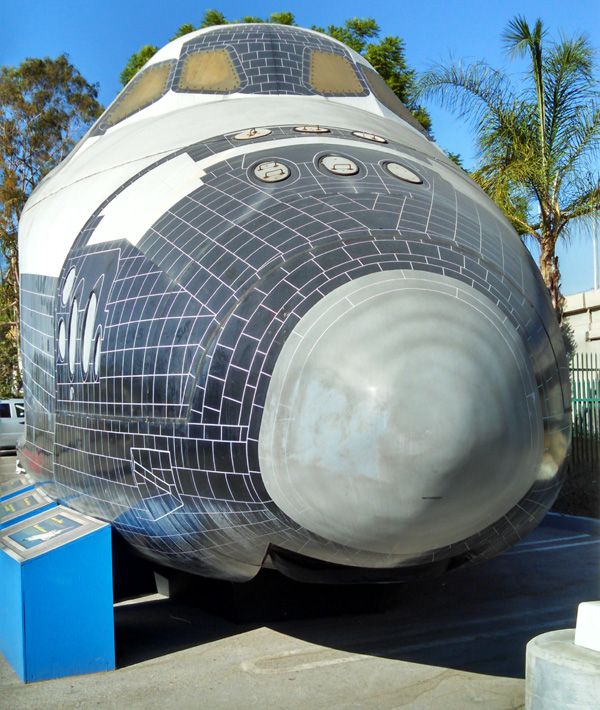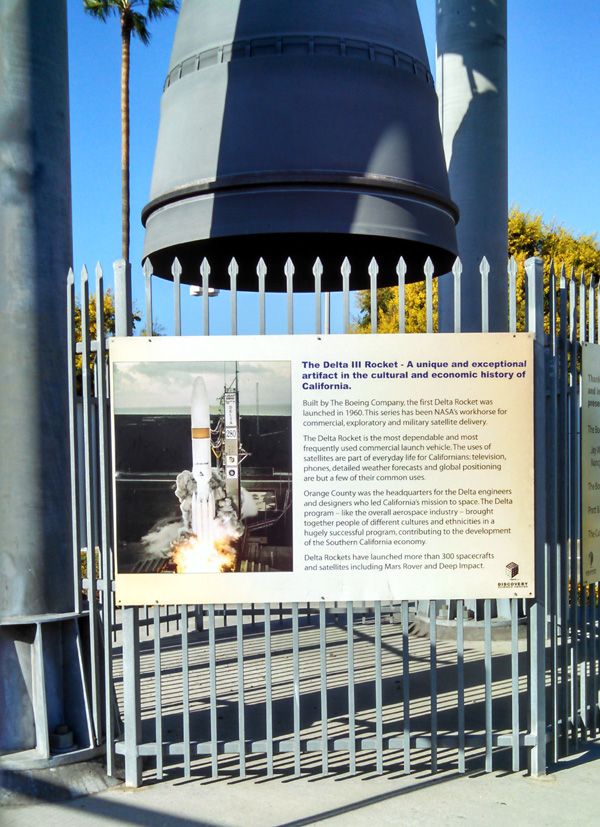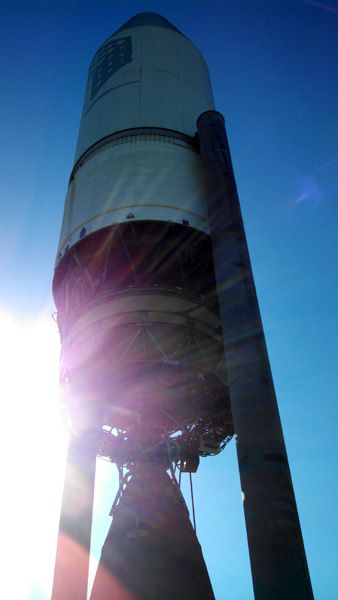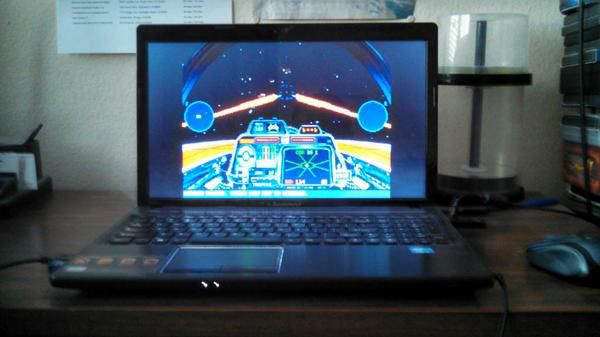
Happy Halloween, Everyone! Just thought I'd celebrate this spooky holiday by mentioning how ecstatic I am that I can now play the classic Star Wars: X-Wing video game on my computer once more! Almost 8 years ago, I posted this entry about how I wished that LucasArts would re-release this awesome space combat simulator for modern PCs that run Windows XP (now Windows 8 on my new laptop). Well, thanks to Disney and GOG.com, X-Wing and other LucasArts titles (such as the X-Wing spin-off, TIE Fighter) can now be downloaded for at least 10 dollars from the GOG website. So last Monday, after I came home from work, I immediately went on my computer to purchase X-Wing and began playing it that night. Of course, this game was difficult as hell to play without a computer joystick (it's crappy enough that my cordless mouse needs its battery replaced)...so I went to the local Best Buy store to buy a joystick yesterday. So as of right now, I've completed all but one of the Historical Missions (the only one left being B-Wing Mission 6...in which I'm flying this awesome vehicle on a sortie that involves destroying the Death Star by flying through the trench made famous in Star Wars: A New Hope and firing proton torpedoes into its exhaust port), and I'm on Mission 9 of Tour 1. That's progress for ya.

The only downside of playing X-Wing, at least with this version, is that the graphics aren't as crisp as in the original CD-ROM version. The screen on my laptop isn't as large as the one on my previous computer, so it's harder to spot incoming Imperial fighters when they're more than 2 klicks away on certain missions. Also, glitches tend to take place when I open the game where I'll have a problem calibrating the joystick, and the game would abruptly go from full-screen to a minimized window on my computer monitor...so I have to restart the game since I'm unable to make the window large again. And lastly, I never realized just how friggin' slow the Y-Wing is! It's a pain in the ass to eliminate faster craft such as TIE Fighters and Interceptors that are flying away from me, and it's slower to maneuver in battle than even the bigger B-Wing. My favorite ships to use happen to be the A- and B-Wing fighters. I'd also include the titular X-Wing here, but it's only a slight improvement on the Y-Wing in regards to combat.

So all-in-all, I'm glad that X-Wing is back! The last time I played this game was during my college days more than 10 years ago. But I'm more nostalgic about the time when I first began playing this classic simulator—which, I believe, was during the second half of 9th grade almost 20 years ago. So many awesome memories...of X-Wing, that is. High school didn't get coo for me till sophomore year. Carry on.


